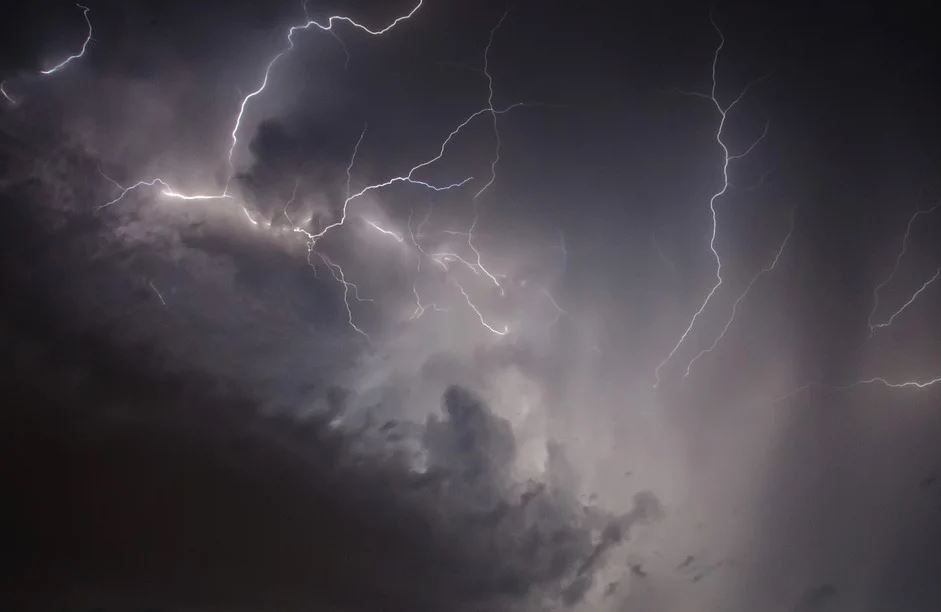
Sailing in storms is not something you should ever undertake lightly or risk doing if you can help it. Being out at sea and seeing the clouds darken and feeling the winds change can be an ominous experience, particularly when you're miles away from land and you have a cabin of passengers to look after.
Although every step should be taken to ensure your next sailing trip doesn't intersect with crashing waves and violent downpours, knowing the right procedures is crucial for any casual skipper or more experienced helmsperson, particularly when forecasts and weather information simply let you down.
It's important to note that the tips outlined in this blog are useful up to a point, however, if you suddenly encounter weather so severe that it could be a threat to life, send a Mayday via channel 16 of your VHF radio. Also, make sure all passengers/crew are on deck if your boat is at risk of sinking.
However, even less dramatic storms need to be weathered. That's why at Mylor Rigging we have put together some top tips on what you should do when you get into rough conditions on your boat.
#1. Make sure everyone on your boat is given a lifejacket and foul weather clothing (it is crucial that you have these items on deck).
#2. Close every door, hatch, window or porthole to prevent rain and seawater from infiltrating your cabin and lash down all heavy gear on either side of your boat for equal weight balance to prevent rocking. Stow anything of value below deck.
#3. Make sure First Aid kits, handheld flares, signalling alarms and lights are all readily available in case of emergencies.
#4. Drain bilge and continue to monitor and pump the bilge as required to prevent the movement of water within the tank from rocking the boat.
#5. Tune into the international marine distress frequency - Channel 16 VHF (156.8 MHz) - listen out for any official weather updates as well as distress, urgency and safety calls from other vessels.
#6. Turn on navigation lights and work out your position as well as time, heading and speed. Chart a course to the nearest shoreline point.
#7. Only anchor in instances of very poor visibility or if you are in danger of crashing into the shore.
#8. Position your boat so it faces the wind direction at a 45 degree angle - this will help you to keep control of your vessel.
#9. Be vigilant for potentially hazardous objects floating in the water including rocks and other boats.